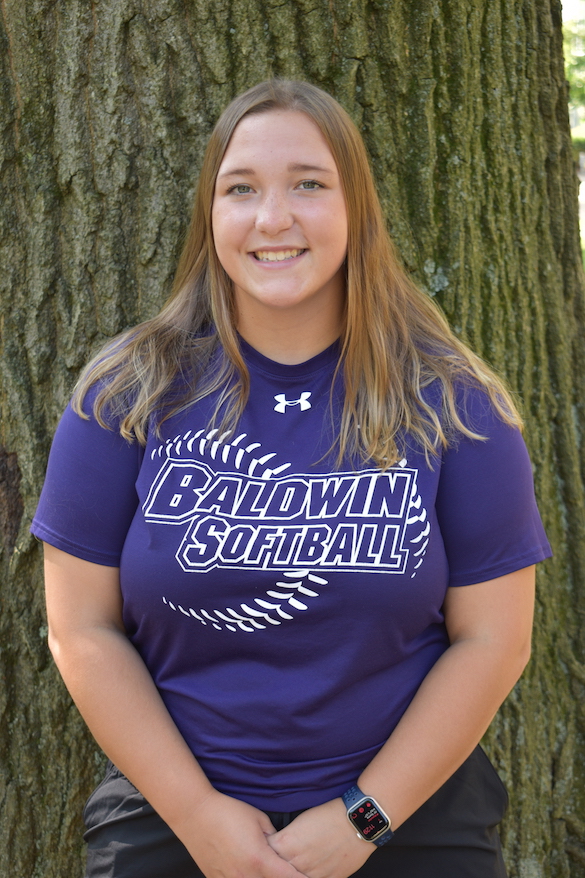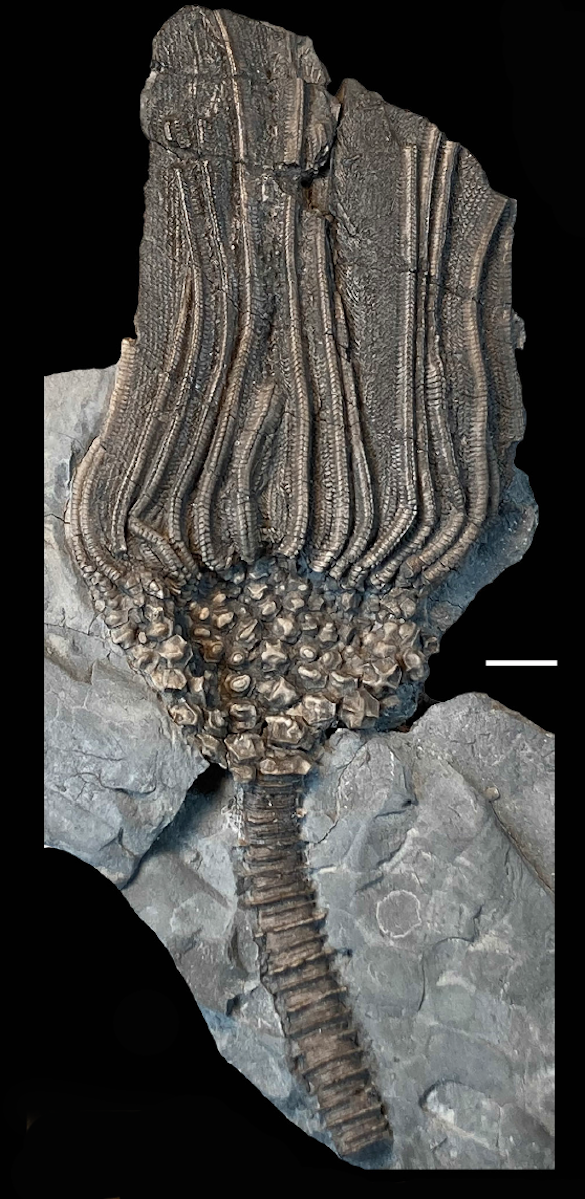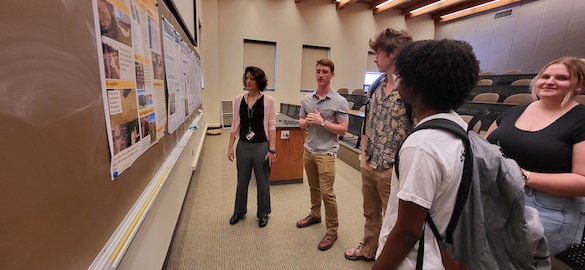 My Estonian colleague and friend Olev Vinn and I have been working for many years on examples of parasitism recorded in the fossil record. For the last couple of years we have been summarizing the data and assessing paleoecological and evolutionary patterns through the Phanerozoic. One of our review papers was published today in the journal Historical Biology. Lars Holmer, an expert on brachiopods from Uppsala University in Sweden, joined the team for this work. Here is the abstract —
My Estonian colleague and friend Olev Vinn and I have been working for many years on examples of parasitism recorded in the fossil record. For the last couple of years we have been summarizing the data and assessing paleoecological and evolutionary patterns through the Phanerozoic. One of our review papers was published today in the journal Historical Biology. Lars Holmer, an expert on brachiopods from Uppsala University in Sweden, joined the team for this work. Here is the abstract —
The evolution of brachiopod symbiosis is closely tied to the evolution of brachiopod faunas and their partner groups during the early Palaeozoic. Brachiopod groups with a larger number of taxa had more symbiotic associations, and there was no specific group that was more prone to symbiosis during this time interval. The first symbiotic associations appeared soon after the emergence of certain brachiopod groups, with Cambrian brachiopods partnering with typical representatives of the Cambrian fauna. Bryozoans and tentaculitoid tubeworms, which became important partners during the Ordovician and Silurian, first diversified in the Ordovician. The gradual decrease in the number of brachiopod partner groups from the Cambrian to the Silurian was likely due to specialisation. However, the number of symbiotic associations did not increase faster than the number of brachiopod taxa. The GOBE-induced diversification of brachiopod taxa did not lead to an escalation in symbiotic relationships. Symbiotic associations involving brachiopods continued after the end-Ordovician mass extinction. Although early Palaeozoic brachiopods were vulnerable to kleptoparasites, the harm caused by these parasites was not enough to drive their associated brachiopods to extinction.
The caption for the top image from the paper: Figure 1. (A) Burrinjuckia clitambonitofilia bioclaustration in the rhynchonelliform brachiopod Clitmabonites squamatus from the Sandbian of NE Estonia (GIT 343–236).
As always, I learned a great deal from my colleagues on this project.
Reference:
Vinn, O., Holmer, L.E. and Wilson, M.A. 2023. Evolution of brachiopod symbiosis in the early Paleozoic. Historical Biology (https://doi.org/10.1080/08912963.2023.2212368)
























